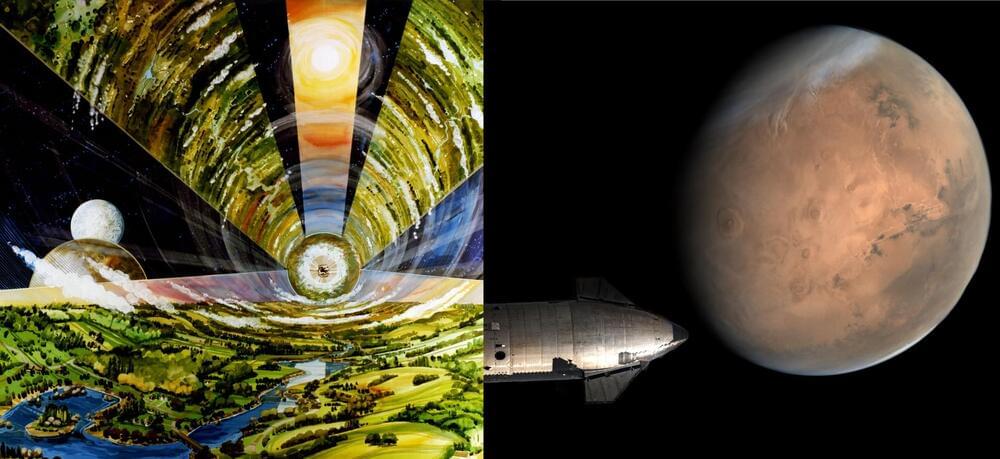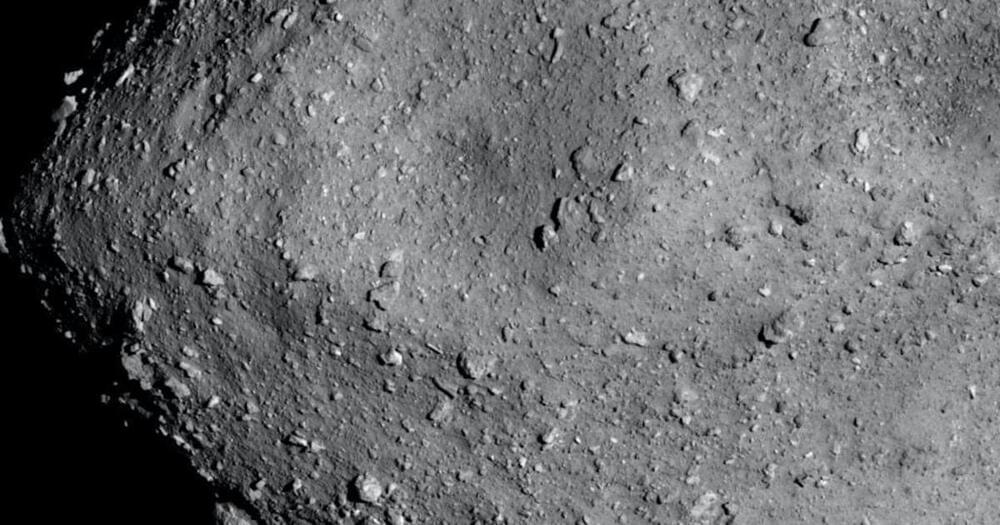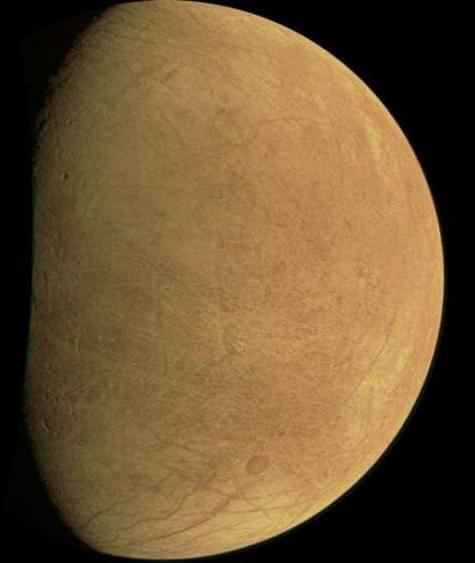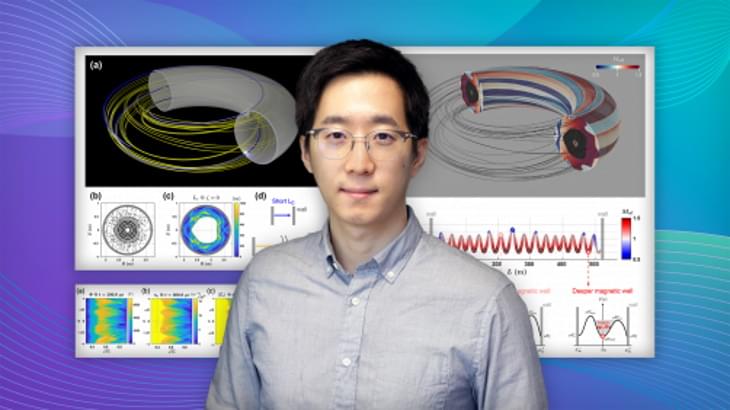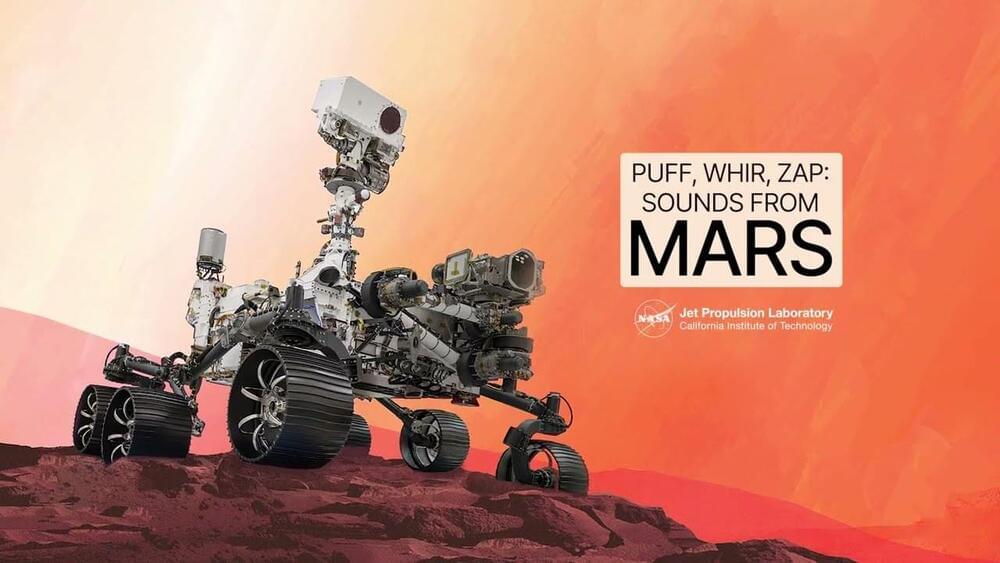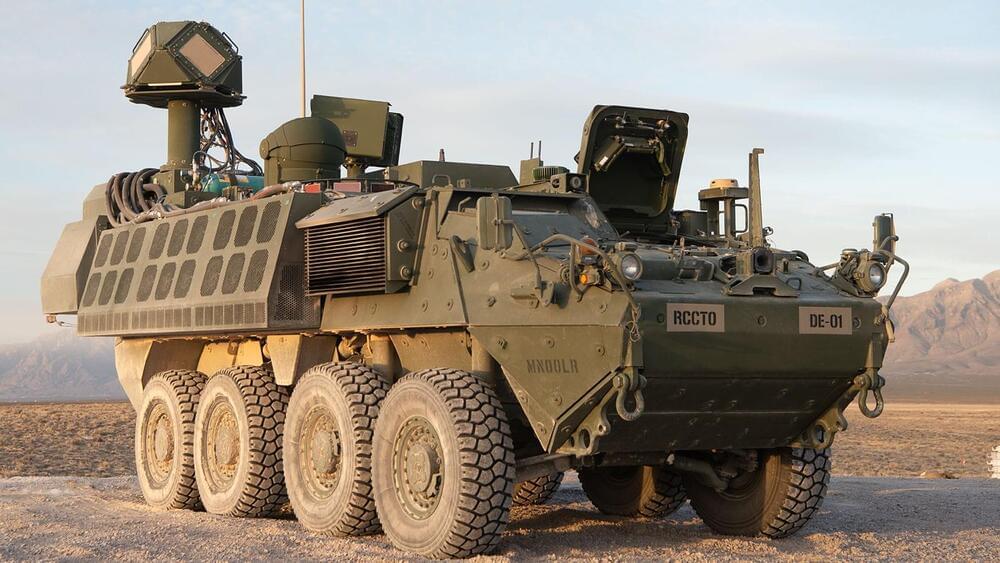Oct 2, 2022
Humanity’s future beyond Earth: Multiplanetary or Islands in Space?
Posted by Gemechu Taye in categories: habitats, space
Is the future of humanity in space or on multiple planets?
You can’t build massive space habitats without harvesting resources from nearby asteroids. The resources of the Moon and asteroids are needed to create their proposed habitats.
The prospects for colonization of other planetary surfaces are unappealing.
Continue reading “Humanity’s future beyond Earth: Multiplanetary or Islands in Space?” »
